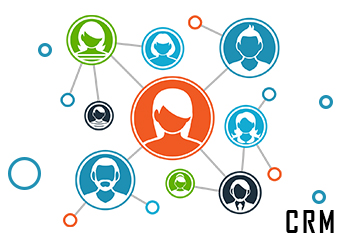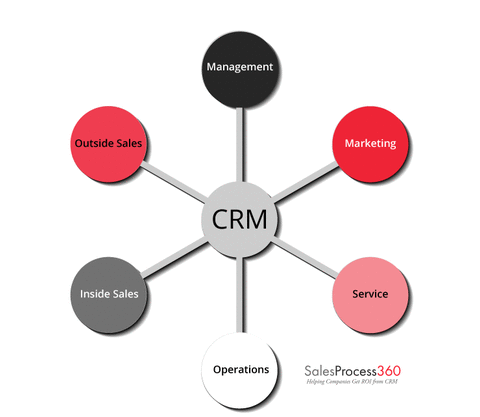
A CRM is not just “another software installation.” It is a powerful engine that should be the front-facing tool for Management, Inside/Outside Sales staff, Engineering, Marketing, and Customer Service. Focusing on the “front-end” processes and user adoption can and will help with the CRM’s return on investment. It should NOT be used as a micromanagement tool or feel like a “big brother.” When implemented correctly, the system will run smoothly and give a company a competitive edge.
The three key ingredients for a CRM’s successful ROI include:
- Sales driving the process
- Focusing on the process, not the technology
- Working together as a team to find a solution
Sales Driving the Process
As we were researching who to partner with, it was evident that every CRM provider that visited us didn't have a clue about our company's processes. They only wanted to sell their technology. We said “no thank you” until a partner surfaced who truly cared about our processes. Finding this partner (Tour de Force) was imperative. The management team firmly supports the concept that a CRM journey should start with PROCESS, not technology. Because of this, it is important that the CRM bus should not be driven by the IT team. Yes, the IT team certainly needs to be on the bus, but not as the driver. Sales, and in particular Sales management, should be at the wheel.
Focus on the Process
Many companies have processes for the back-end of their business; quotes and orders. Rarely, however, do they have processes for the front-end. The front-end includes Leads and Opportunities, or what we like to call our “Solar System” which includes appointments, activities, opportunities, as well as quotes. This is where a CRM pays off and, if done properly, can bring ROI and a competitive edge.

Team Solution
We have a CRM built for sharing and leveraging information as a team. By “team” we mean all touchpoints within the company, as well as both external and internal customers. When you have Inside Sales logging all their activities with customers, Outside Sales can then walk into the customer's office with this information at their fingertips. Marketing is able to send out focused content email. Engineering is also able to track specific projects and add updates. The updates are easily accessed by Management, as well as Inside and Outside sales. It all works in harmony.








